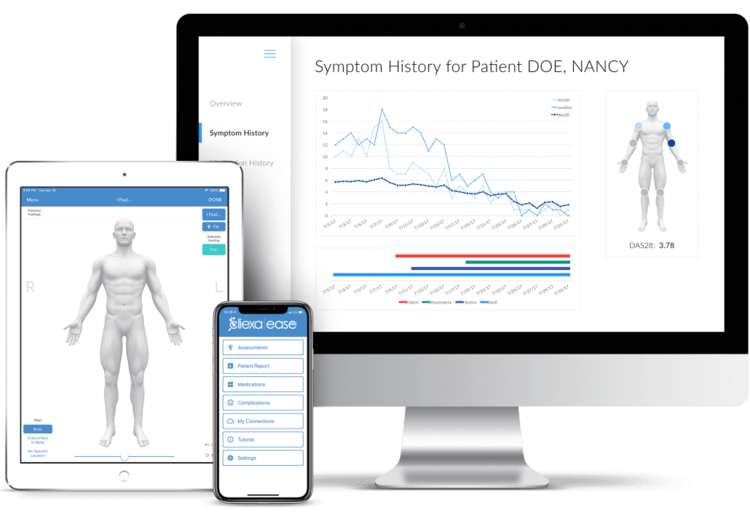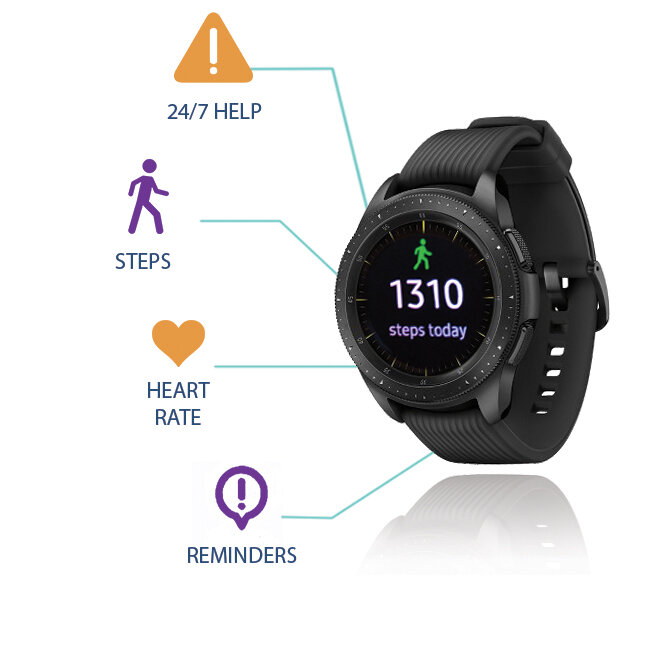
Remote Patient Monitoring is forcing providers to change how they think about the delivery of care.
Over the last century, disease has progressed from infectious to chronic. Remote patient monitoring (RPM) can improve the prevention and management of chronic diseases by measuring critical risk indicators such as glucose, blood pressure, heart rate, etc. RPM devices can also provide patient-generated health data (PGHD) to physicians and keep patients informed on their health goals.
Chronic diseases require long-term monitoring, making RPM and telehealth key aspects of convenient, practical health management. In 2019, 88% of hospitals and health systems had invested (or planned to invest in) RPM technology as part of their transition to a value-based care model, according to a Spyglass Consulting report. A top-notch RPM system helps healthcare facilities reach the highest levels of clinical excellence by allowing patients to recover with peace of mind.
Over 50 million patients are projected to use a remote-monitoring device by 2021. The significant growth of the RPM market can largely be attributed to growing demand from an aging population and increased awareness of the benefits that remote devices bring to the continuum of care.
The most impactful remote patient monitoring startups utilize advanced mobile device integration, improved healthcare metrics, real-time patient messaging and in-home monitoring solutions.
We’re highlighting the five we think are changing the healthcare game.
cliexa
The HIPAA-compliant cliexa platform provides chronic care management and RPM for multiple conditions. Patients can now accurately track their chronic disease activity and leverage proprietary technology that makes intelligent correlations between medication dosage, frequency and heightened or reduced symptoms. Cliexa enables patients to connect to and pull in wearables data along with specified claims data to correlate and communicate events/daily activities to their physician. The technology helps providers respond more efficiently to changes in baseline metrics, resulting in a more targeted and timely treatment with fewer complications.
The Reemo Health Smartwatch provides a comprehensive view of patient data in real time.
Reemo
The Reemo Healthy Aging Platform empowers stroke-victims, the wheelchair-bound and the elderly to live independently—simply by wearing a smartwatch. Reemo’s RPM technology improves wellbeing, lowers health risks and helps prevent costly healthcare claims.
At the core of the consumer experience is the Personal Independence Smartwatch, a combination of an easy-to-use activity tracker and Personal Emergency Response Service (PERS) device with built-in GPS location. The watch records steps, heart rate and provides 24/7 live emergency support directly from the watch—no connection to a phone or internet needed.
optimize.health
Each of optimize.health’s remote patient monitoring devices is based on quality and affordability and meets the necessary standards for Medicare reimbursement. Cellular and Bluetooth-based equipment are available, including; wireless blood pressure cuffs, scales, pulse oximeters, blood glucose meters and Bluetooth-enabled medication monitoring devices. Cellular-based devices do not require a smartphone or a WiFi connection, enabling patients to monitor their condition and receive the necessary care anywhere, anytime.
Beddr
Beddr is a featherweight sleep-tracking device that attaches to the user’s forehead and records important sleep data points overnight. The SleepTuner and mobile app bring the power of an entire sleep lab right to your forehea– fingertips!
Beddr offers high definition sleep assessments that can be taken quickly, comfortably and repeatedly—all in the comfort of your bedroom. The SleepTuner device measures critical health data to understand sleeping patterns like breathing quality, oxygen saturation, heart rate and sleeping position.
Owlet
Owlet Baby Care developed the “Smart Sock,” a proactive health monitor for sleeping infants that allows parents to view a child’s vital signs in real time. Owlet monitors vitals such as blood oxygen levels, heart rate, temperature and sleeping patterns.
The Smart Sock comfortably wraps around your baby’s foot to track heart rate, oxygen levels and sleep trends using clinically-proven pulse oximetry. The base charging station glows green to let you know everything is okay—and notifies with lights and sounds if the heart rate or oxygen levels leave the preset zones. The Owlet Mobile App allows users to track sleep data & hours slept, opt in to receive base station notifications and view historical analytics and trends.
In Conclusion
While healthcare is notoriously resistant to change and slow to adopt technology, the growing number of aging adults makes RPM devices an essential part of the continuum of care and providers are left with no other option than to adopt or get left behind. Understanding the benefits of these devices and incorporating the technology into every day practice are hurdles that both the user and provider must overcome. Once the obstacles are removed, RPM devices have the ability to fully transform the way we care for those currently faced with limited independence.
Looking for early-stage funding for your health startup?
Jumpstart Foundry offers $150K to start, a blueprint to scale and a network of executives, mentors, peers and capital connections to grow your business. Submit your application by March 31 to be considered for the first round of investment.






